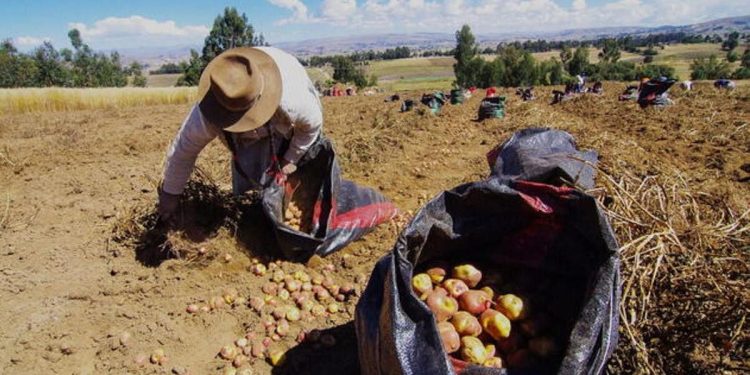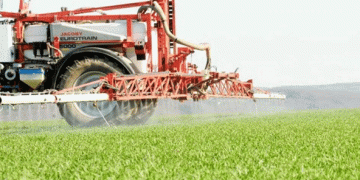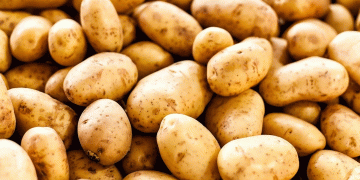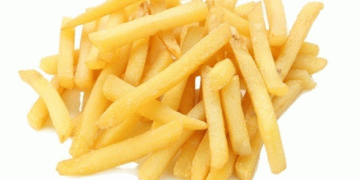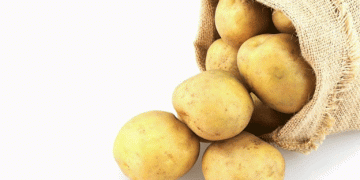#Peru #Agriculture #ClimateChange #Farmers #AgroclimaticConditions #CropCultivation #MarketDynamics
In the wake of the 2023/24 planting season, Peru’s agricultural sector faces a daunting challenge: a significant reduction in cultivated land. According to data from the Ministry of Development of Agriculture and Irrigation (Midagri), the country recorded 22,979 hectares of cultivation in August, marking a 16% decrease compared to the five-season average of 27,357 hectares. Moreover, in comparison to the previous campaign (2022/23), the reduction stands at 10.3%.
This decline is primarily attributed to adverse agroclimatic conditions, characterized by scarce rainfall. The delayed onset of the usual dry-season planting in many of the Andean regions in the north and south of the country is a direct consequence of these conditions, leaving farmers grappling with challenges.
In the current agricultural campaign, key departments supplying Lima’s Grand Wholesale Market (Huánuco, Junín, Ayacucho, Lima, Ica, Apurímac, Huancavelica, and Pasco) also face an “alert” situation due to reduced cultivated areas, marking an 8.9% decrease compared to historical averages.
Surprisingly, these challenges have not yet manifested in the potato market. The Midagri reports that wholesale prices for white and colored potatoes in Lima have decreased due to increased supply from regions like Junín, Huánuco, Ica, and Ayacucho. Between January and September 2023, the average wholesale price stood at S/1.05 per kilogram, reflecting a 21.4% drop compared to the same period in 2022. Currently, prices are even lower than those in 2021, owing to the delayed seasonal harvests.
Peru’s agricultural landscape is undergoing a transformation, with adverse weather conditions significantly reducing cultivated areas. While this decline has yet to impact potato prices, the situation remains fragile. Farmers, agronomists, agricultural engineers, and farm owners must closely monitor these developments and adapt their strategies to navigate the challenges posed by climate change.
